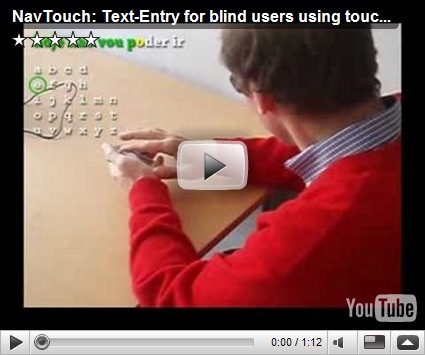It has been said Stevie Wonder complained iPhone and the recent touch screen devices don’t consider the blind. He pointed out what exactly touch screen lacks – tactile feedback. Vibration motors can give rough feeling of touch but cannot deliver sufficient tactile information to users.
Recently I came across an article reporting a touch screen for handicapped people. In the original article [1], the authors say that the system presents Braille characters using a series of pulses generated by a piezo-actuator. It does make sense to choose the piezo-actuator since its response is faster than that of a vibration motor.
After skimming the article, I have investigated my research database and web on the topic. Well, I think the ultimate solution is to something Lukas Koh presented: the surface of the touch screen is morphed into a keypad depending on the need. Some researchers [2] are working on related technologies but touch screen integration is far beyond imagination. It is still in the research area.

More practical solutions at this time is to use other interaction channels such as audio [3, 4] and vibration feedback [1]. One example of vibration feedback is introduced above. Let me summarize other touch screen interaction methods for vision-impaired users.
NavTouch: Researchers at Technical University of Lisboa have presented audio-based touch screen interface called NavTouch [4].
iphone-haptics: It is not solely for the visually-impaired. But with delicate motor control, it can give users the feeling of finger down, finger up, and fingertip-over-edge.

Ambient Touch: Sony CSL’s Ambient Touch is yet another example of delicate vibration feedback. It uses a piezo-transducer as a haptic actuator.
Camera for the Blind: Nadeem Haidary’s Camera for the Blind lets vision-impaired users to take and share photographs

What I’ve learned…
I have got two keywords through this study: assistive technology, and blind text entry.
References
[1] Jussi Rantala, R. Raisamo, J. Lylykangas, V. Surakka, J. Raisamo, K. Salminen, T. Pakkanen, and A. Hippula, “Methods for Presenting Braille Characters on a Mobile Device with a Touchscreen and Tactile Feedback,” IEE Tranactions on Haptics, vol. 2, Mar. 2009, pp. 28-39.
[2] Y. Kato, T. Sekitani, M. Takamiya, M. Doi, K. Asaka, T. Sakurai, and T. Someya, “Sheet-type braille displays by integrating organic field-effect transistors and polymeric actuators,” IEEE Transactions on Electron Devices, vol. 54, 2007, p. 202.
[3] X. Chen, M. Tremaine, R. Lutz, J. Chung, and P. Lacsina, “AudioBrowser: a mobile browsable information access for the visually impaired,” Universal Access in the Information Society, vol. 5, 2005, pp. 4-22.
[4] T. Guerreiro, P. Lago, H. Nicolau, D. Gonalves, and J.A. Jorge, “From Tapping to Touching: Making Touch Screens Accessible to Blind Users,” IEEE MultiMedia, vol. 15, 2008, pp. 48-50.
[5] P. Ivan, M. Shigeaki, and R. Jun, "Ambient touch: designing tactile interfaces for handheld devices," in UIST '02: Proceedings of the 15th annual ACM symposium on User interface. New York, NY, USA, 2002, pp. 51--60.

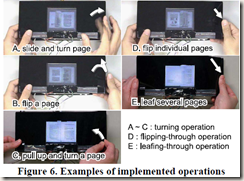


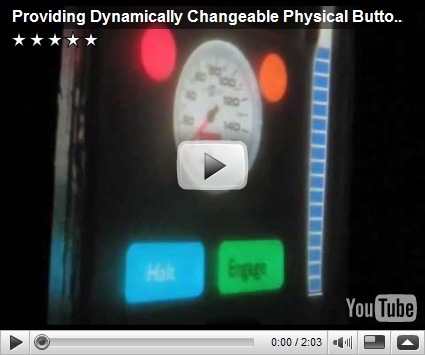


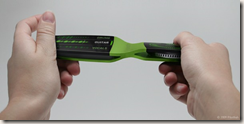







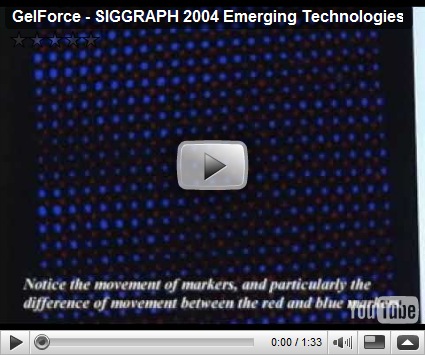




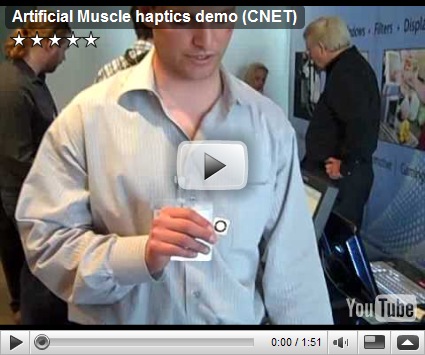











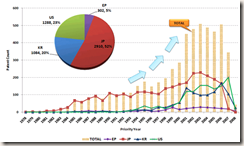

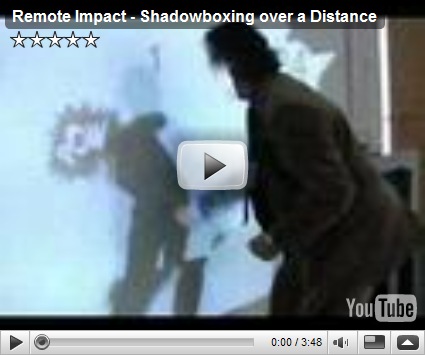
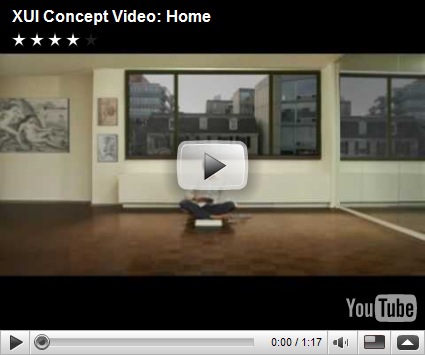

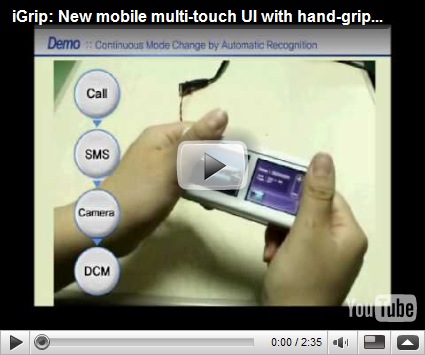
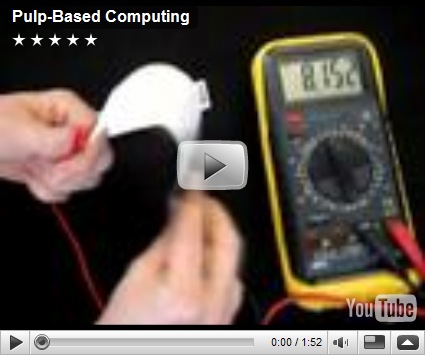







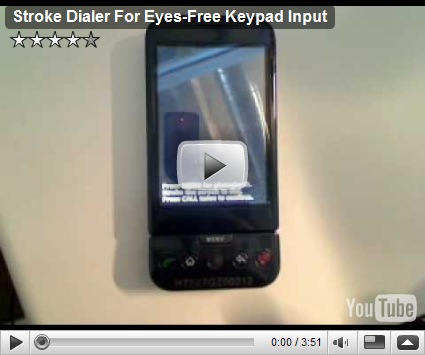


![clip_image001[4] clip_image001[4]](https://blogger.googleusercontent.com/img/b/R29vZ2xl/AVvXsEjb7YbJol_fuRpscx7J7SKKcl0kymFE-lfoW_djGhQvTVaWmtCbk6qK3JW7H3mlItcsjab140K9uS8kzSNPUOSld6J6ZSMO5gTd8tzwLlxEo35dOQID4rqjKHbl2Cwo1OAnrctTN3kls_Y/?imgmax=800)





